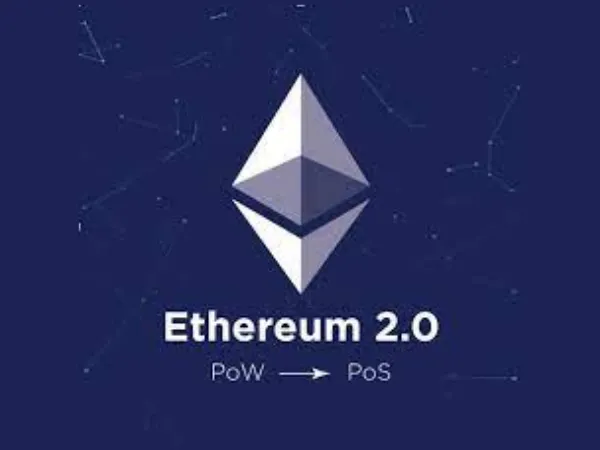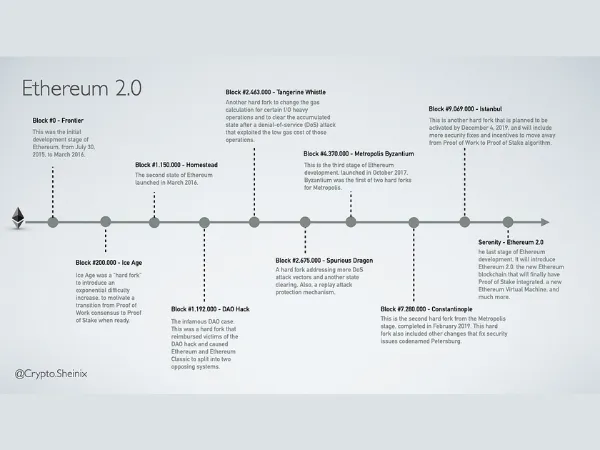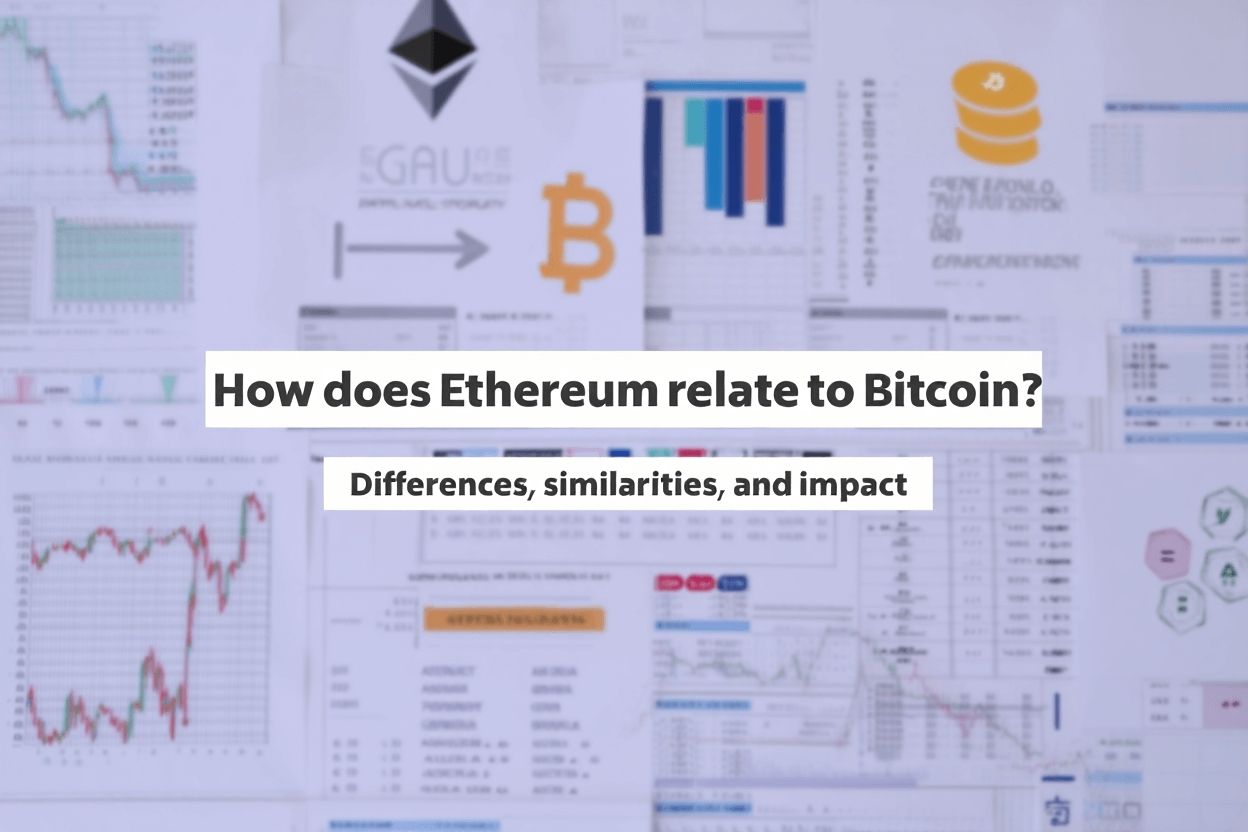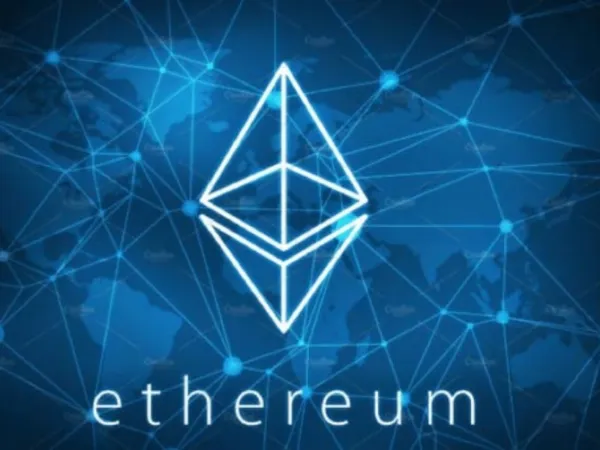The current Ethereum coin is no longer unfamiliar to users, especially Vietnamese users. However, not everyone knows about the Ethereum 2.0 update. Therefore, today, Vietnam-ustrade.org will present some information related to this new Ethereum update for users. Stay tuned!
What is Ethereum 2.0?
After many years of operation, Ethereum has encountered various issues. Therefore, the team of experts and developers continuously updates the system and develops the trading platform. After successfully updating Istanbul, the Ethereum team took a step closer to modern technologies, like Ethereum 2.0.
Since around late 2016, Ethereum 2.0 has been frequently mentioned along with Vitalik Buterin’s name. Ethereum 2.0 is understood as an update version, transitioning from Ethereum Classic with the PoW (Proof of Work) mechanism to a PoS (Proof of Stake) system. This shift has brought Ethereum a number of successes in the crypto sector.

With these conversions, the Ethereum development team has addressed many previous issues, shortcomings, and limitations such as operational efficiency, transaction costs, and overall account security,…
The development history of ETH 2.0
As known, Ethereum 2.0 is an update version that aims to change and complete the fundamental consensus mechanisms of ETH coin. This change helps developers resolve all limitations faced in the older blockchain platform under the PoW mechanism. Ethereum’s versions have appeared several times following planned upgrades for the Ethereum Mainnet. The Mainnet was launched in July 2015. Subsequent upgrades included Homestead in March 2016, Byzantium in October 2017, Constantinople in February 2019, and most recently, Istanbul in December 2019.
The emergence of Ethereum as a version is a very significant event, mainly due to the fundamental changes in the PoS mechanism.

The transition phases of Ethereum 2.0
To help users better understand the formation and development process of Ethereum 2.0, Vietnam-ustrade has summarized the transition phases of version 2.0 as follows:
- The first transition process (Beacon Chain): This is considered Ethereum’s first step in shifting from PoW to PoS. During this phase, users participate in a platform with two parallel ETH networks: PoW and PoS. Each method uses a different type of currency. PoW uses standard Ethereum, while PoS uses Ethereum 2.0.
- The second transition process (Shard Chains): This process uses Sharding to subdivide and process multiple ETH networks concurrently, aiming to achieve optimal system performance.
- The third transition process (Stake Execution): This is the final transition where Ethereum 2.0 switches completely from applications to data and network, etc. The PoW mechanism ceases operation, and PoS begins to run throughout the entire system. This marks the successful completion of the transition.
Differences between Ethereum 2.0 and other PoS platforms
Advantages of PoS have helped Ethereum stand out with certain strengths, while also reducing some of its disadvantages. Many platforms worldwide have also transitioned to PoS, such as:
In PoS operation, the system runs with the LPoS (Liquid Proof of Stake) algorithm, overseen by Tezor. This is seen as a perfect combination and traditional PoS and DPoS.
Developers named the validation blocks in the Tezos network as Baking. Token delegation is reserved for those holding Tezos tokens. Initially, owners kept these keys in wallets.
According to the pure Proof of Stake model like Algorand, it uses a Secret self-selection process to randomly select organizations, making the platform unique. Users holding Algo tokens enjoy certain benefits, which are retained whether they switch to PoS or not.
The same applies to Qtum, which still uses basic PoS but allows everyone, regardless of account type or ownership rights, to possess, validate, compete, or earn rewards from tokens. This project is relatively new, aiming to integrate decentralized applications. Users can participate in daily system activities and perform transaction operations for multiple users’ digital currencies. Holding stocks not only helps gather more information but also increases chances for validation and processing.
As observed, many programs using PoS and its variants have achieved notable success.
Conclusion
In summary, Ethereum 2.0 is a completely new version of ETH, with nearly total change in operation to PoS. Hopefully, this article will help users better understand some aspects of Ethereum 2.0. Although the information shared here by Vietnam-ustrade.org is brief and does not fully encompass all mechanisms, it will certainly provide some useful insights to users.




